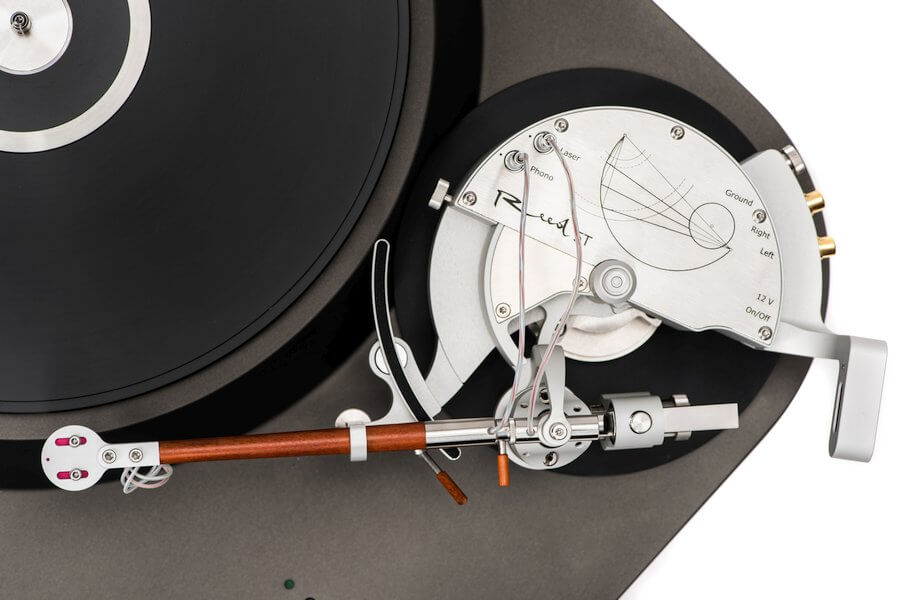uytt
There are many aftermarket mods for the 30xx-R tonearms arms and are there still several companies offering some modified version of them with some type of wiring and/or parts manufactured in different materials like bronze or brass as a way to upcharge without specificity, Nothing new or uncommon but an official version manufactured by SME with a completely different bearing design and replacing theirs in some markets is novel. I'm simply curious about this different bearing design that replaced SME's original long established knife edge bearing that's the cornerstone of 3012-R sound quality. I found no trace of this arm and Graham can't supply any details of what he did, do you have any actual specs on this factory 3012-GTA tonearm specially about this unique bearing that replaced the knife edge design?
david
Hi Lohan,Hi David
I greatly respect and value much of what you post - but Graham Tricker is neither a 'babe in the wood' nor somebody that is informing you of a falsehood.
I used to buy hifi from stores such as Walrus Sytems in central London (sadly no longer around) and i know categorically that he could obtain the SME variation from GT Audio who imported the Verdier.
There are many aftermarket mods for the 30xx-R tonearms arms and are there still several companies offering some modified version of them with some type of wiring and/or parts manufactured in different materials like bronze or brass as a way to upcharge without specificity, Nothing new or uncommon but an official version manufactured by SME with a completely different bearing design and replacing theirs in some markets is novel. I'm simply curious about this different bearing design that replaced SME's original long established knife edge bearing that's the cornerstone of 3012-R sound quality. I found no trace of this arm and Graham can't supply any details of what he did, do you have any actual specs on this factory 3012-GTA tonearm specially about this unique bearing that replaced the knife edge design?
On the contrary I worked with SME over 25 years ago and got them to produce a special version of the SME 3012-R which I sold here and also in the USA as the 3012-GTA. It was an improved version of the 3012-R with all the work done by SME exclusively for me. It used a different bearing and also some special internal wiring which I supplied to SME. It was also my work here in Europe with Jean Verdier and Avantgarde Acoustic exhibiting at shows in the UK and in Germany with a Verdier and SME 3012-GTA and SPUs, and the press this received that generated the interest in the SME 3012-R (circa 1997 onwards), because the US Importer of SME at that time wasn't interested in the older designed SME tonearm models. So those interested in the SME 3012 contacted and brought these through me in the UK. At the time, it was mostly to owners of Verdier, Teres, Galibier and Redpoint turntables, but more followed and many went on Garrard 301s/401s. I have lost count at the number of 3012s I have set up and sold both here and in the US and as good as they are, and they are good tonearms, sonically they are never going to compete with a good modern tonearm like a Schröder or Thales in terms of detail retrieval and layering of the soundstage, assuming the appropriate cartridge is used.
I've been using and promoting the 3012-R almost exclusively with many high end turntables since the late 80's, AS-2000 simply provided the 3012-R with a higher level of resolution and neutrality for it to show off it's abilities next to some of the most expensive tonearms made.Can it be that you just simply like this arm for what it does in your designs and set-ups more than anything else?
As to linear tracker tonearms - i personally love the automatic Garrard - randomly scratched reecords and sounded rubbish - looked cool though.
Lohan
david










